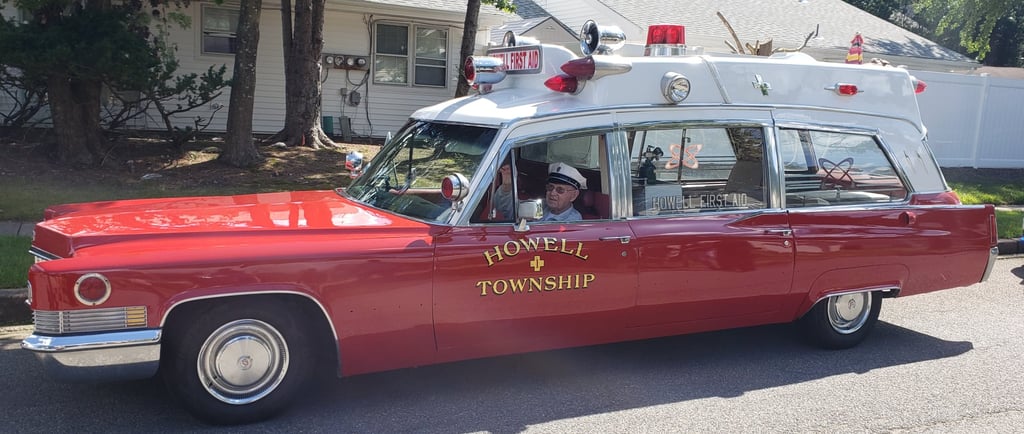The battle for ambulance hearses
Before there were purpose built ambulance vans, funeral home operated hearses were used to transport patients to hosptial.
Hamish McLean
5/22/20241 min read


When hearses stopped being repurposed as ambulances in the United States in the 1950s-70s, the funeral industry faced a significant shift in their operations and revenue streams. Historically, funeral homes often operated ambulances as a secondary service, utilising hearses for both funeral processions and emergency medical transport (the ‘combination’ car). Often a beacon on the roof would flash red for medical emergencies and yellow for funerals.
However, as dedicated purpose-built ambulances became standard along with improved medical equipment and training, many funeral homes began to resist the changing landscape of EMS.
Funeral homes protested against regulations mandating the use of purpose-built dedicated ambulances for emergency medical transport. They argued that their hearses were already equipped to transport patients and objected to the additional costs associated with converting vehicles to meet new EMS standards.
In Detroit, Michigan, in the 1950s, funeral home protesters gathered outside city hall, arguing that the change would jeopardise their businesses and disrupt longstanding practices.
In the 1970s, when regulations requiring dedicated ambulances for EMS were implemented in many States, funeral homes in some rural areas protested vehemently. In a small town in rural America, funeral home owners organised a protest against new regulations, arguing that their hearses were perfectly suitable for transporting patients in emergencies.
The public also protested in several cities fearing the removal of hearses would delay emergency medical assistance.
Funeral homes, however, ultimately adapted to the changes, shifting their focus back to their core funeral services and relinquishing their role in emergency medical transport.
Follow us on Social Media!


EMS Global Foundation Ltd is a registered charity with the Australian Charities and Not-for-profits Commission (ACNC)
ABN 94 687 972 176
© EMS Global Foundation
